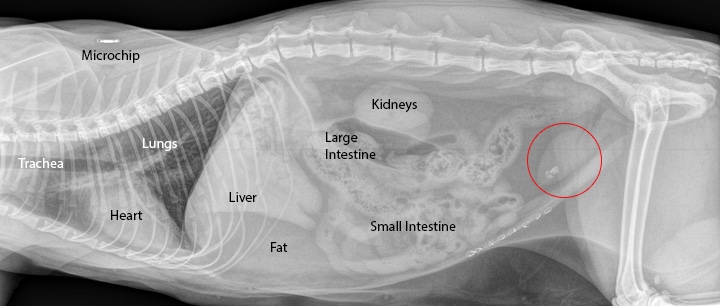
They may even need to do blood testing to look for infectious diseases or immune system diseases. If an x-ray does not give the answer, they may have to resort to more complicated tests, such asCT scans, MRIs, or ultrasounds. X-rays are the most common test they will do to determine the cause of limping. If the cause isn’t obvious, vets will need to do further testing. If it’s a wound, they may clip some hair, clean it, and flush the area. If it’s an ingrown nail, veterinarians will trim the nail, clean the wound, and likely prescribe a course of antibiotics. They may find obvious causes of trauma, like foreign bodies embedded in the paw pad. They will talk to you about any behavioral changes you’ve seen, so write down your cat’s symptoms as you see them before the appointment.
#X ray of kitten paw full
Vets will give your cat a full physical exam to look for signs of lameness and to identify the underlying cause of lameness. How veterinarians diagnose lameness in cats
#X ray of kitten paw skin
Infections like abscesses may appear as swellings under the skin and on the paw pads.

Lameness can be caused by an injury, like a broken bone or a joint dislocation.īut the cause of your cat’s lameness could be difficult to nail down if it’s a torn ligament, soft tissue injury, or due to nerve damage. Watching your four-legged friend limp can be scary as a pet parent.


 0 kommentar(er)
0 kommentar(er)
